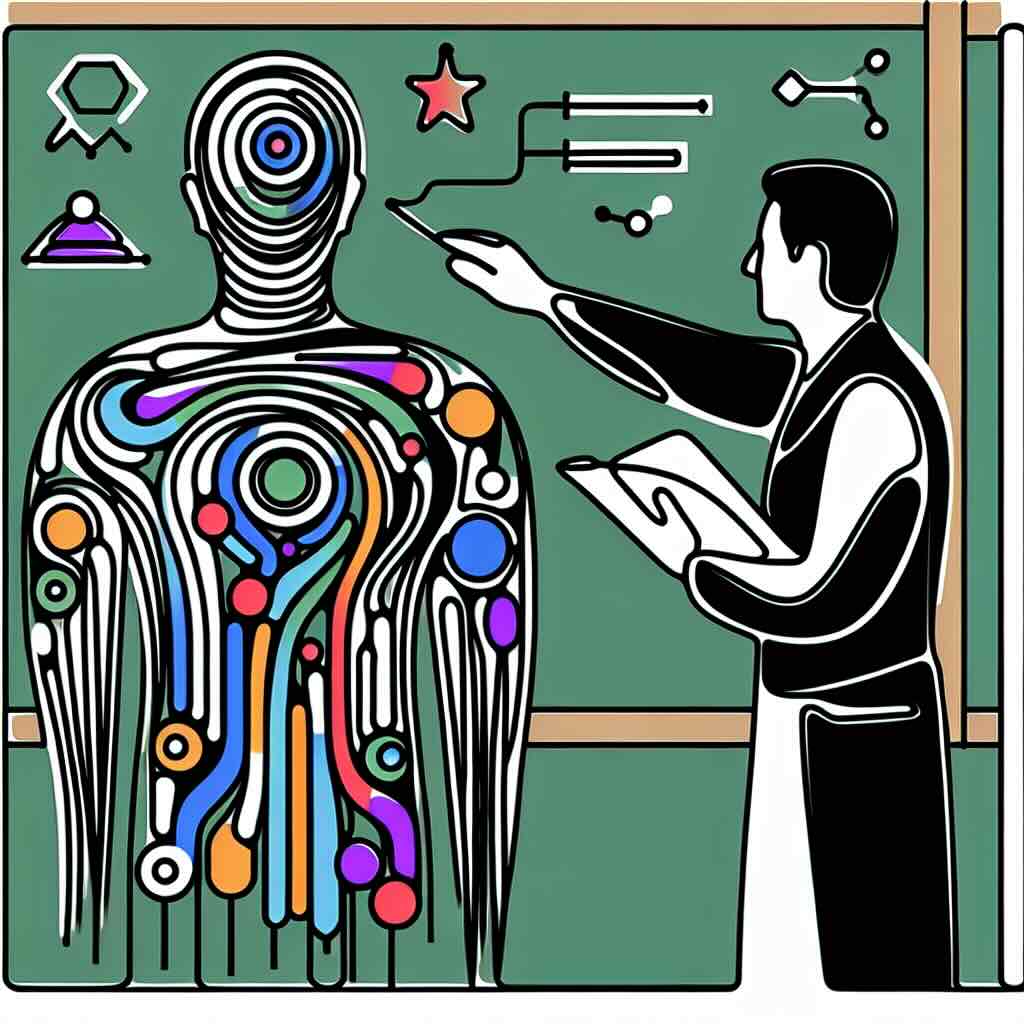 Made entirely by humans
Made entirely by humans"Made entirely by humans" is becoming an important reminder of where ideas actually come from. In a world full of AI-generated content, the value sits in human insight, intention and identity, not in avoiding tools altogether. Digital work can never be completely human because technology always plays a role, so the real focus should be on authorship and purpose. For writing and learning design, AI can help refine and edit, but the ideas and direction should stay firmly human-led. When we label work as “made by a person”, we reinforce authenticity, trust and creative ownership while avoiding shallow, unreviewed AI generated content.
 Learning as a lived experience, not a content engagement experience
Learning as a lived experience, not a content engagement experienceLearning is often mistaken for content engagement, yet meaningful learning comes from lived experience. It grows through action, collaboration, reflection, emotion and application. This post explores why humans learn best through doing, not absorbing, and provides examples from workplace learning, higher education and professional training. It offers practical ways to design lived learning experiences, from scenarios and practice loops to storytelling and peer interaction. As AI accelerates content creation, the real value now lies in designing experiences that build confidence and capability. Learning improves when we focus less on what learners read, and more on what they do.
 Why you should create review persona for learning design and course evaluation
Why you should create review persona for learning design and course evaluationReview personas offer a practical way to evaluate any learning design or live course through the eyes of real stakeholders. They bring audience research back to life and, when powered by AI, can provide unlimited, low-cost feedback at any moment in the design process. Personas help identify issues early, strengthen alignment, and improve the learner experience before problems become expensive to fix. This post explains how to create effective personas, how to use them to simulate realistic feedback, and how tools like Coursensu and Course Companion make persona reviews part of everyday design practice.







